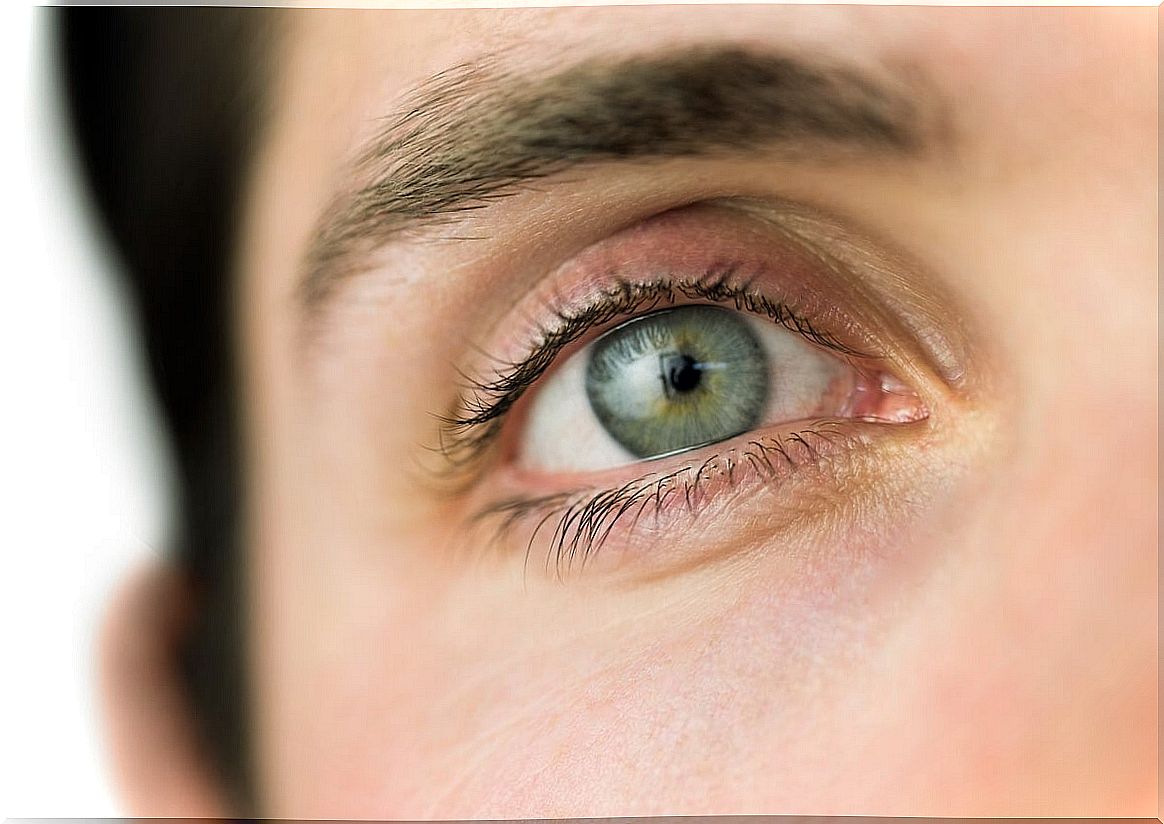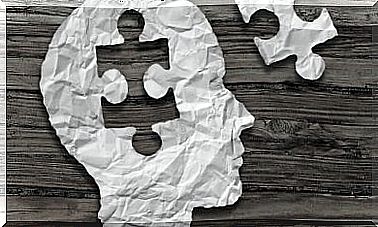The 5 Types Of Agnosias (and Their Characteristics)

Agnosia is defined as the inability to recognize family stimuli and attribute meaning to them. Depending on different parameters, we find different types of agnosias.
In this article we will focus on the types of agnosias according to the sensory modality affected. We will know the characteristics of each one and the subtypes of agnosias that we find within each group.
Agnosias prevent us from making a correct interpretation of the meaning of the stimuli. It is not produced by sensory deficits, but by the existence of lesions in associative areas of the cerebral cortex. There are different types of agnosias according to the criteria we choose to classify them.
Different classification criteria
Depending on the number of senses “affected”, we find unimodal agnosia (one sense) and polymodal (more than one). On the other hand, if they only affect one side of the body, we find hemiagnosies.
Depending on the altered sensory channel, we find visual agnosias (which are the most frequent), auditory, tactile, taste, olfactory and somatosensory agnosias.
Finally, these can appear in isolation, or accompanying other disorders (for example, hemineglect). We are now going to see the different types of agnosias according to the sensory modality affected.

Types of agnosias according to their sensory modality
Depending on the modality that is altered, we find different types of agnosias. Let’s see the details of each of them:
Visual agnosias
Visual agnosias involve impaired visual recognition. Thus, they prevent us from recognizing objects, colors, people … They occur in the absence of visual defects, and in the presence of lesions in the areas of visual association.
In them there are also no attentional deficits, and the mental level of the person is preserved. Visual recognition ability was preserved before injury.
Within this group we find visual agnosia for objects, as well as other types of visual agnosia. The latter include: simultagnosia, prosopagnosia, chromatic agnosia, agnosic alexia, and movement agnosia.
Auditory agnosias
Auditory agnosias lead to difficulty in recognizing the meaning of acoustic stimuli. They appear as a consequence of lesions in the temporal lobe of the brain.
However, the primary auditory areas are preserved. There are different types of auditory agnosia, depending on whether the impaired recognition is musical (what is called amusia), if it is the recognition of non-verbal sounds (sound agnosia) or verbal recognition (pure verbal agnosia).
Somatosensory agnosias
Somatosensory agnosias involve a loss of the ability to recognize the physical qualities of an object through touch. Thus, it implies difficulty in determining its weight, size, shape, density or texture.
It occurs in the absence of hypoesthesia (pathological decrease in sensitivity). It appears as a consequence of lesions in the associative somesthetic cortex of the parietal lobe. Wernicke (1885) spoke of two different modalities of auditory agnosia:
- Primary asterognosia: inability to recognize the tactile characteristics of an object.
- Secondary asterognosia or asymbolia: it would be an aserognosia itself (unlike the previous one).
Types of somatosensory agnosias
Beyond Wernicke’s classification, there are different variants of somatonsensory agnosias. Thus, we find:
- Tactile agnosia: prevents recognition of objects by touch, the primary areas of the brain being preserved.
- Barognosia: it is the inability to estimate the weight of an object due to affectations in parietal areas of association
- Autotopagnosia: prevents locating and orienting the different parts of the body under orders or by imitation.
- Digital agnosia: loss of ability to recognize, identify, select and orient the fingers of the hand.
- Spatial agnosia: it is the inability to recognize familiar places or to orient oneself in space.
Olfactory agnosias
They involve a temporary or prolonged loss in the ability to identify odors, which is called anosmia. They are often underdiagnosed. Within the olfactory agnosias, there are different variants:
- Hyposmia: partial deficit in the ability to recognize odors.
- Selective anosmia: to certain substances or odors.
- Hyperosmia: the ability to discriminate different odors is exacerbated.
- Parosmia: misperception of odors. It usually occurs in some brain tumors.
- Cacosmia: permanent sensation of bad smell.

Agnosias for diseases
Within the agnosias for diseases we find different types of them. Among them: anosognosia, asomatognosia, anosodiaphoria, misoplegia, somatoparaphrenia and analgoagnosia. What does each one consist of?
Anosognosia
It is the lack of awareness of sensory, motor, cognitive or linguistic deficits. They occur as a result of brain damage in people with various psychiatric pathologies or with dementia.
Asomatognosia
It is the negation of a part of the body corresponding to the hemiplegic zone. It is characteristic of patients with hemineglect syndrome.
Anosodiaphoria
It is a form of mild asomatognosia. It is characterized by the lack of sufficient awareness of the neurological disease, although the patient does not deny its existence. It is also known as la belle indifference.
Misoplegia
Misoplegia is the exacerbation of the feeling of neurological disease. It is characterized by responses of hatred or rejection to the paralyzed member.
Somatoparaphrenia
It is the distorted perception of neurological disease. It is characterized by the attribution of the injured limb to another person.
Analgoagnosia
It is defined as the inability to understand pain despite the absence of hypoesthesia in the face of painful stimuli. There is an asymbolism in the face of nocioceptive stimuli, that is, the meaning of the stimulus is unknown.
As we have seen, the field of neuropsychology and neurology is as mysterious as it is interesting. There are a large number of symptoms, stimuli and disorders that we do not know, and that people who have suffered a brain injury suffer, which includes agnosias of all kinds.









